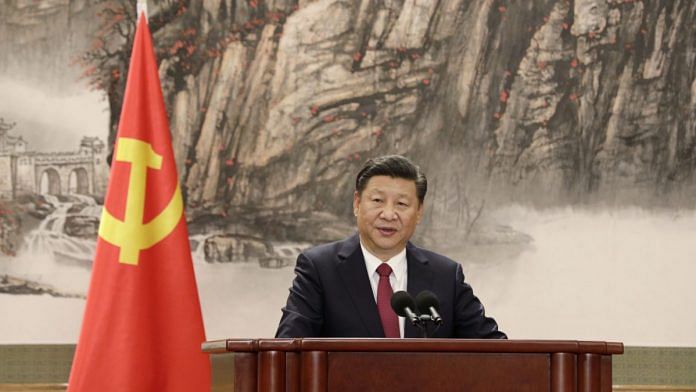Hitching your wagon to China’s star just isn’t what it used to be.
Once, proximity to the mainland and relying on its economy were surefire ways to boost growth. During China’s rapid development in the 1990s and 2000s, it became the world’s biggest goods exporter and factory floor. Smaller neighbors that wove themselves into China’s supply chain benefited as a result. Those were the heady days of trade and market liberalization.
But twice in the past year, East Asia has learned the hazards of this model: first with the Washington-Beijing trade tussle and now with the coronavirus. The consequences could be material. A 1% drop in China’s gross domestic product would shave 0.3% off growth in Hong Kong, South Korea, Thailand and Malaysia, and 0.2% from Japan, Vietnam, Singapore, the Philippines, Indonesia and Australia, Bloomberg Economics’ Tom Orlik wrote recently, citing a 2016 study by the International Monetary Fund.
While a sharp dip in Chinese activity will be most acutely felt in Asia, the ramifications are global. Asia accounts for two-thirds of the world’s growth; China alone makes up about 40%.
In its recent Asia-Pacific regional outlook, the IMF said, “Asia’s strong trade and financial integration is a manifestation of the region’s economic success, but can also be a source of vulnerability.” The lender lowered its forecast for growth in the region. The World Bank made a similar observation earlier in 2019.
When Wuhan was still just a point on a map, the trade war and China’s broad-based slowdown were already taking a toll. Singapore, a barometer for business sentiment, recorded the slackest growth in a decade in 2019. In Thailand, the central bank projected last year’s expansion to be the weakest since 2014.
In many instances, fiscal and monetary policy – deployed in 2019 to combat these challenges – have more heavy-lifting to do. Officials across the region are also likely calculating the cost of commercial ties to China and their dependence on this big neighbor.
“If this matter continues, just like previous outbreaks, it would certainly impact the national economy,” said Azmin Ali, Malaysia’s economic affairs minister. He’s right to be worried: China buys about a fifth of Malaysia’s exports, more than any other country, and is the third-biggest source of foreign tourists. When I took my family to Legoland Malaysia last weekend, it was hard not to think about the economic impact of a reversal in mainland Chinese visitors (after worrying about all the Lego pieces my children put in their mouths). Eliminating those hotel reservations, restaurant bills and rental car charges will add up.
It’s little surprise that tourism-based economies in the region haven’t diversified. The inexorable rise in Chinese visitors tracked the growth of its middle class. But there was little by way of a backup plan.
It’s naive to think that regional leaders, especially in Southeast Asia, will simply ignore their biggest trading partner. But remember that China wasn’t always the main game, and it won’t remain so forever. Back in the 1980s and early 1990s, Japan was the center of gravity, especially after the Plaza Accord provoked a wave of investment in factories across the region. If India can recover from its banking crisis and floundering growth, it could again become the world’s fastest-growing major economy. The Organization for Economic Cooperation and Development projects that India’s share of global output will rise through mid-century, by which point China’s will have long peaked.
The world’s second-biggest economy will eventually recover its footing and account for a bigger slice of the global pie. Yet it no longer looks infallible, and it’s no longer a one-way bet. As Asian leaders wait for China to recover, it wouldn’t hurt to take advantage of rock-bottom bond yields to borrow – not just to buttress activity over a few months, but also to invest in infrastructure and education. Much depends on whether they are big enough to seize the opportunity in this crisis.
Also read: Coronavirus-hit China now battling mask shortage — even hospitals are asking for donation



